No matter where in the world you are, incorporating a few global flavours is a surefire way to add zest to your next holiday party. We’ve gathered six hot and spicy dips hailing from pepper-happy corners of the globe, all simple to prepare and certain to please a crowd.
From Greece: Tirokafteri (Spicy Feta Dip)
Literally translating to “spicy cheese dip”, this beloved Greek appetiser comes from the words for cheese (tiro) and spicy (kafteri). The recipe starts with crumbled feta cheese and roasted hot peppers, which are blended together with garlic, olive oil, lemon juice and/or vinegar (for extra tang), then strained yoghurt is added for a creamier finish. You can also throw in hot pepper flakes, as opposed to roasting hot peppers themselves; try popping them in the oven or in a hot pan for a few minutes to bring out a smokier flavour.
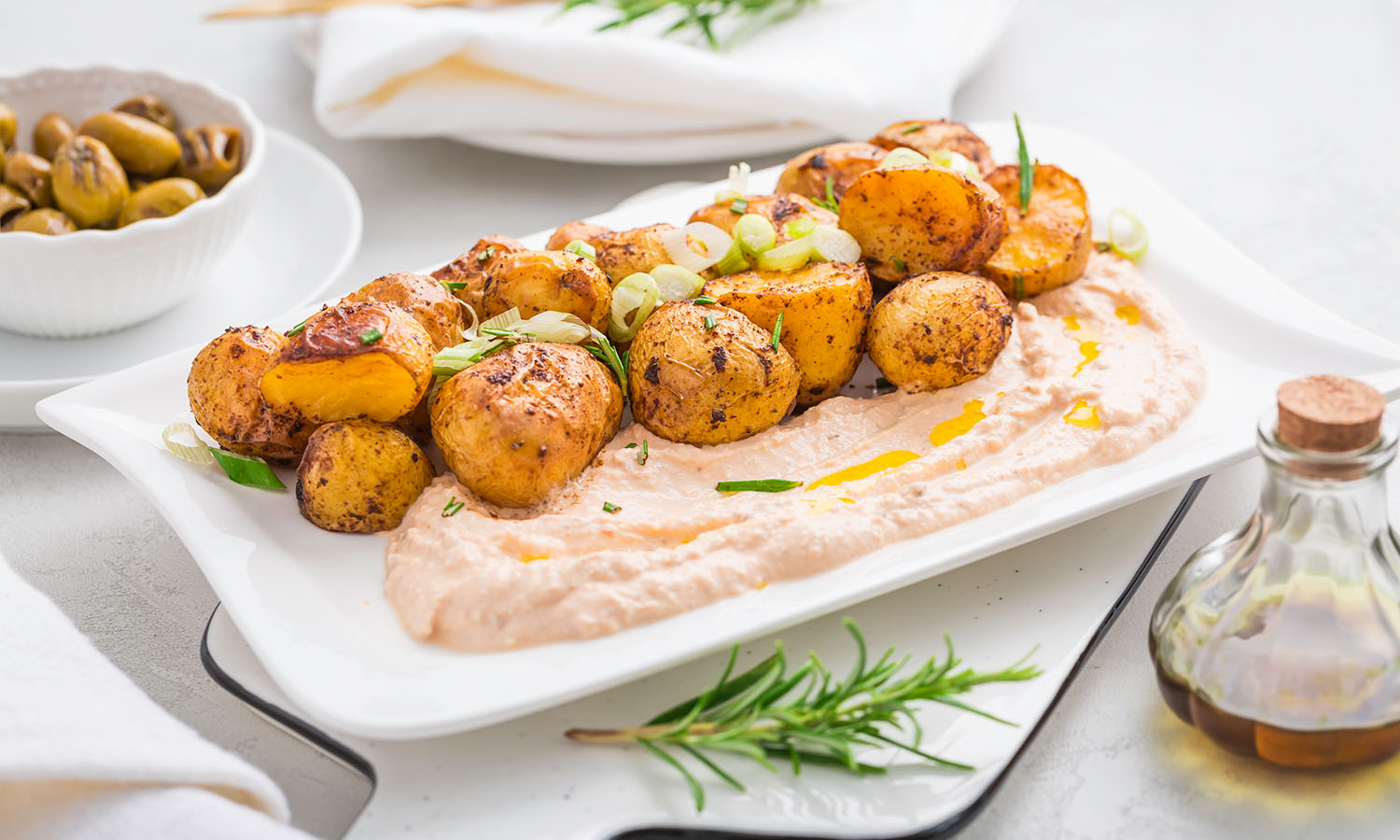
[Photo: brebca/iStock]
Creamy, tangy and as hot as you want it to be, tirokafteri is often served as part of a meze (appetiser) platter alongside toasted bread or, more popularly, fried potatoes. You aren’t likely to see carrot sticks at the taverna, but this indulgent dip is also delicious on sliced, raw vegetables.
From North Africa: Harissa
This (literally) red-hot condiment originated in the Maghreb region of North Africa and is most closely associated with Tunisia, although surrounding countries like Algeria, Morocco, and Libya have readily adopted and adapted the recipe.
Harissa emerged during the 16th century when Spanish traders introduced chilli peppers from the New World. It incorporates local spices like coriander, caraway and cumin, which are smashed, ground or blended with roasted chillies. Recipes vary but generally include the addition of olive oil, lemon juice, tomato paste and garlic. For a smoother consistency, simply increase liquids or add some roasted bell peppers; this will both temper the heat and create a creamier texture.
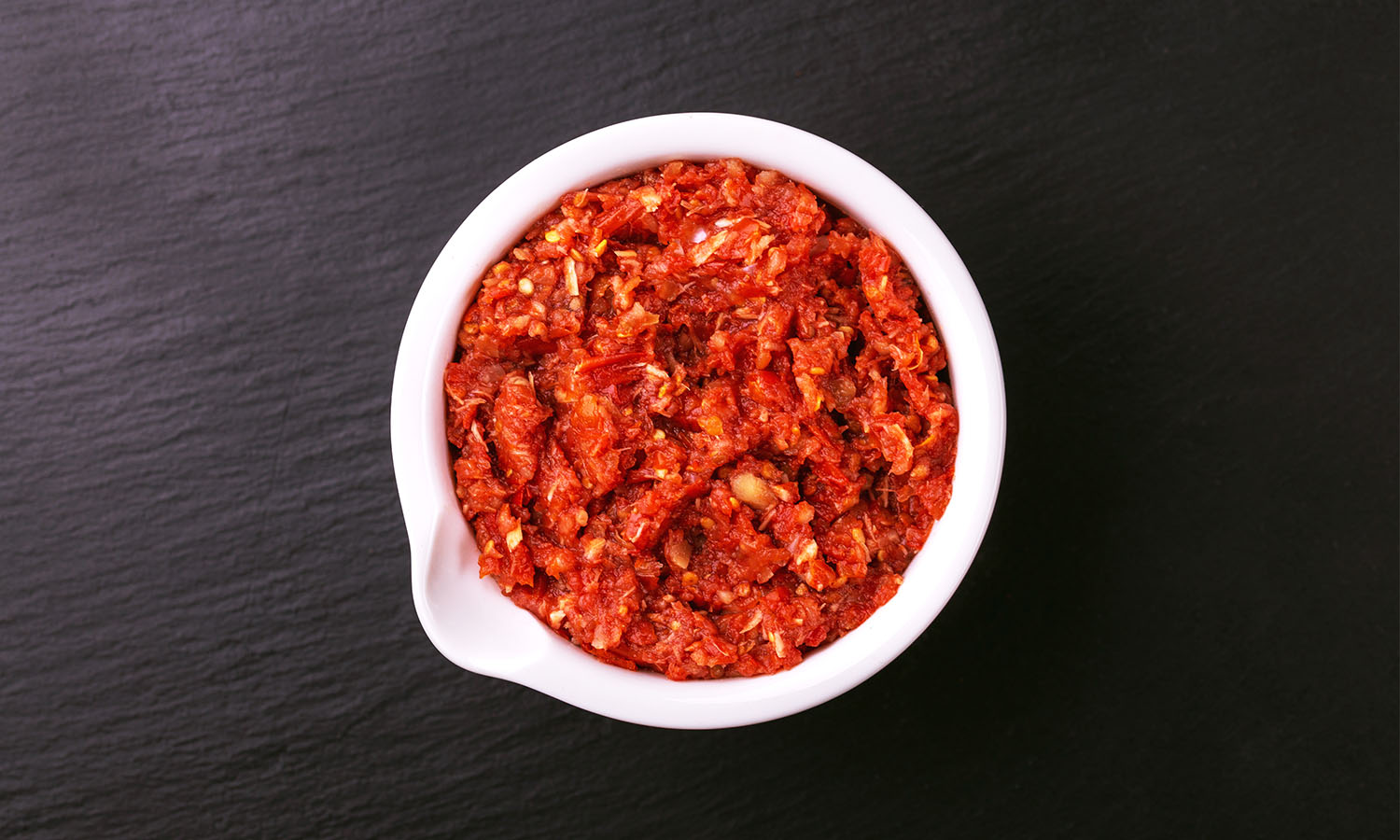
[Photo: Dzevoniia/iStock]
Harissa tastes great on its own as a dip, however, it can also double as a marinade for meat and poultry, or be used to add depth and heat to numerous North African recipes including roasted vegetables (try carrots) and hearty chickpea-based soups, like Tunisian lablabi.
From Indonesia: Sambal Kacang
A staple of Indonesian cuisine, sambal kacang has also diffused into the cuisines of neighbouring countries. A quintessential sauce for skewered and grilled chicken satay, as well as a delightful dip for just about anything, sambal kacang – or simply “satay sauce” – combines creamy, nutty, smoky, roasted peanuts with a sharp smack of raw garlic, zingy lime juice, zesty ginger and sweet palm sugar or tamarind paste.
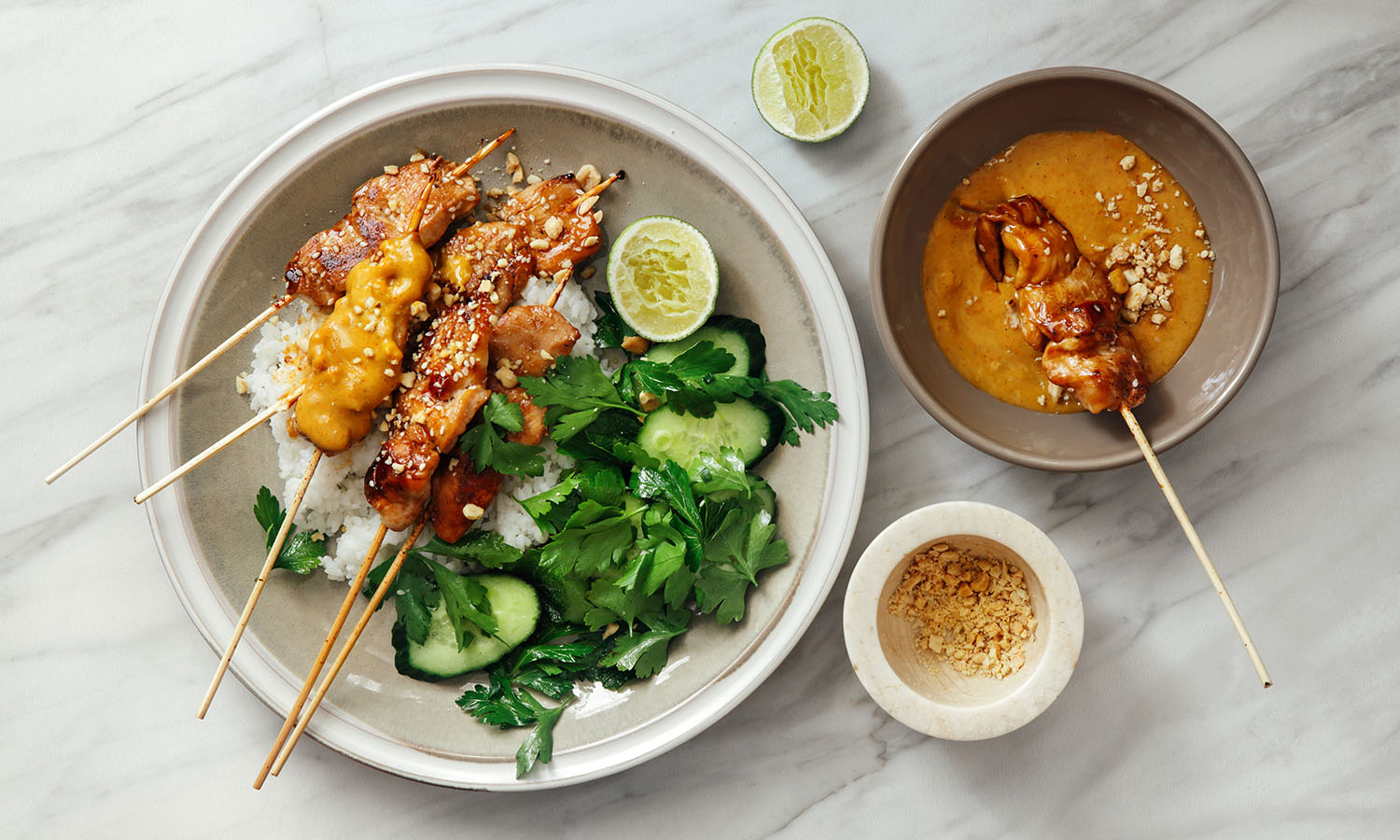
[Photo: luchezara/iStock]
It hits all the right notes and tastes great on everything from grilled meats and fish to chopped vegetables. The Thai version, nam prik phao, often incorporates dried shrimp paste or fish sauce and shallots.
From Syria: Muhammara
This traditional Syrian dip appears throughout the Levant region, with numerous spin-offs in Lebanon, Jordan, Israel and Turkey, often served as a meze alongside flatbreads or atop roasted meats. Its deep, sweet, smoky and nutty flavour starts with roasted red peppers, which are then blended with walnuts, raw garlic, olive oil and a variety of spices including red pepper flakes (specifically Aleppo) and cumin. As with any dip involving roasted vegetables, the longer they cook, the smokier the flavour.
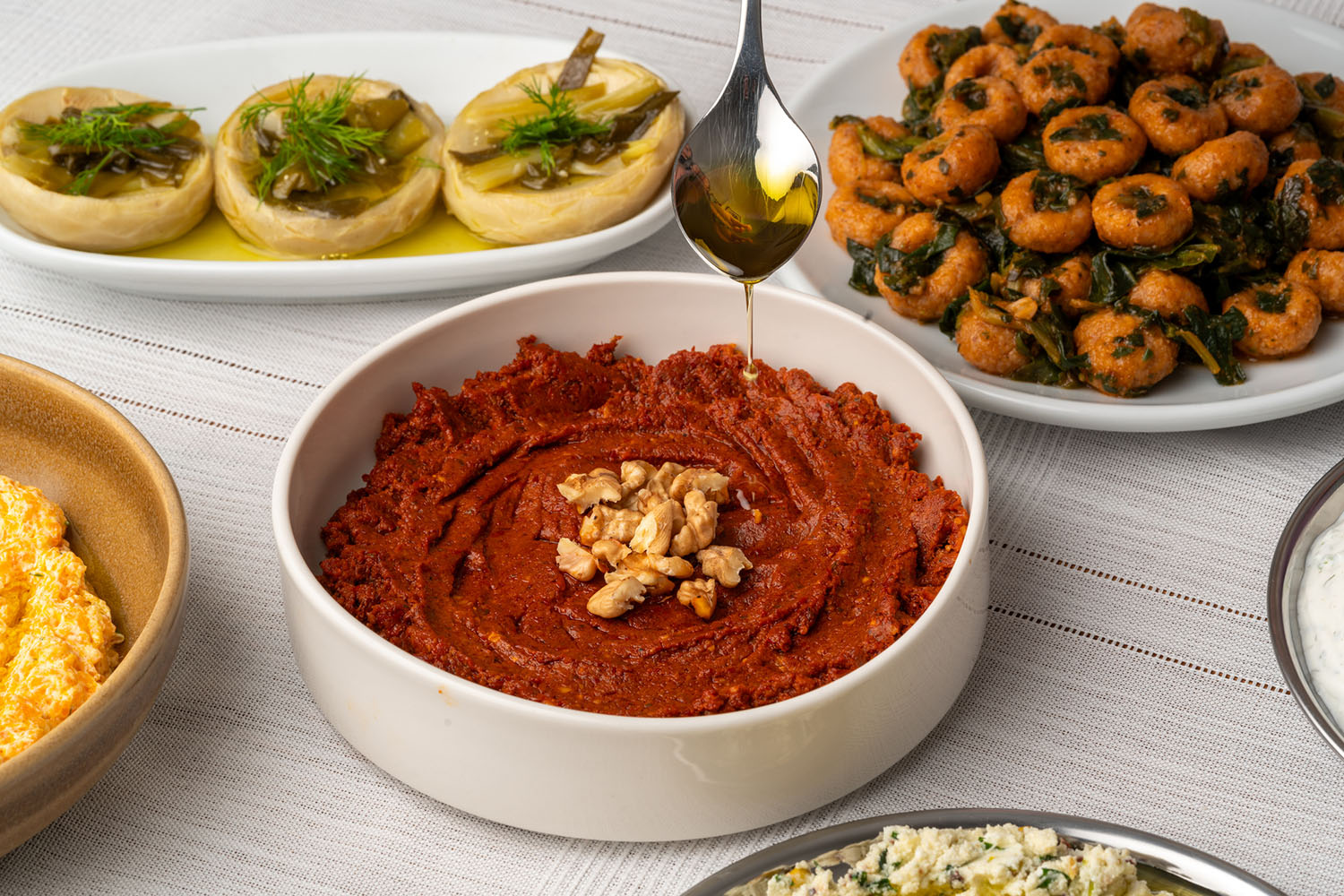
[Photo: fotolgahan/iStock]
Popular variations include the addition of tangy pomegranate molasses, breadcrumbs, extra lemon juice and, of course, more or less hot pepper.
From Mexico: Salsa Roja
No spicy dip list would be complete with Mexican salsa roja. Called “red salsa” for the addition of ripe red tomatoes, the recipe has a very simple base of tomatoes, jalapeños, serranos (or a combination), onion, garlic, lime, cilantro and salt. The beauty is in the variation, and Mexico is a pepper paradise. When it comes to adjusting the heat scale, just up the quantity of fresh peppers. For more variation and complex flavours, try adding roasted, dried or smoked peppers, like chipotle (smoked jalapeño), ancho and arbol.
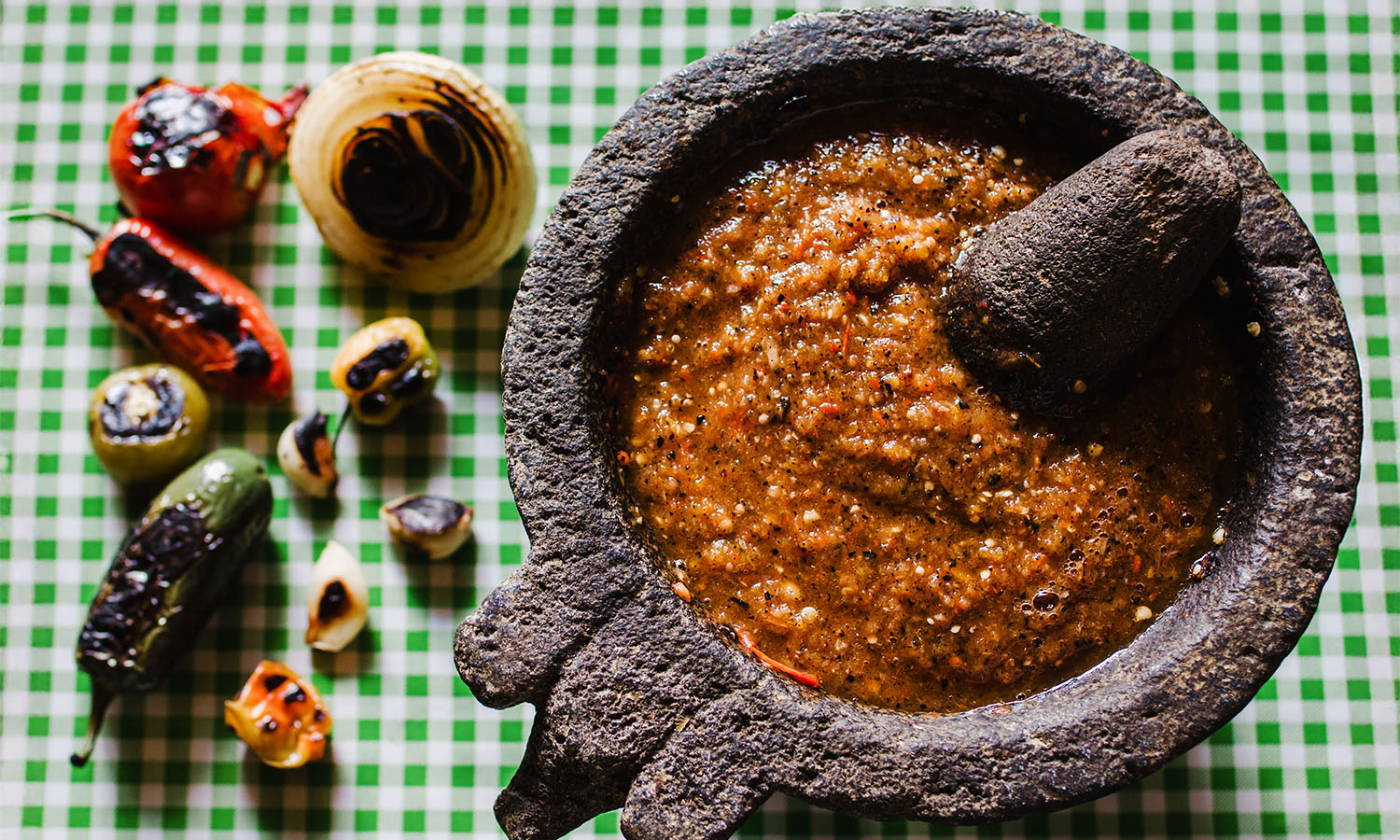
[Photo: Marcos Elihu Castillo Ramírez/iStock]
Speaking of pepper paradise, salsa macha is Mexico’s answer to chilli crisp. It’s made with toasted hot peppers, garlic and nuts or seeds for extra crunch. Mexican chef, restaurateur and author, Fany Gerson, suggests adding a pinch of it to ignite a classic guacamole.
From The Global Kitchen: Smoky Eggplant Dip
Roasted aubergine dips abound on the global food scene, from the ubiquitous Middle Eastern baba ganoush to Turkish patlıcan ezmesi, Greek melitzanosalata, Thai makheua yao and Trinidadian and Guyanese baigan choka. And they’re all likely to have originated with an Indian dish: baingan bharta.
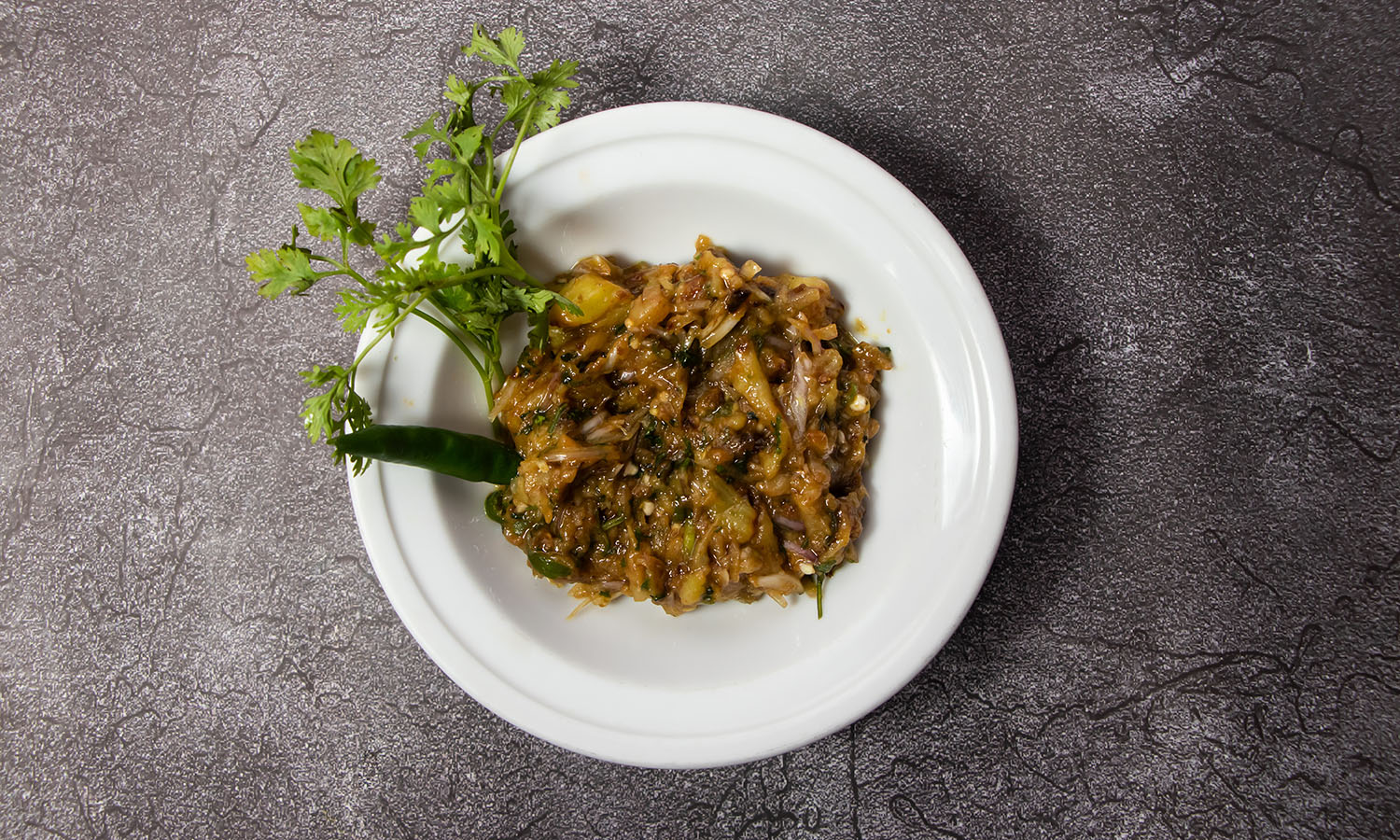
[Photo: Waqar Hussain/iStock]
Baingan is a Hindi word for aubergine, and bharta means ‘mashed.’ Traditionally, the aubergines are roasted on an open flame, which adds an extra depth of smokiness. You can achieve a similar flavour by slow roasting, grilling or broiling the veggies. If you’re up for what can be a messy but worthwhile method, try spearing the aubergines and turning them slowly over an ignited gas burner. An easier approach: as you’re wrapping up a barbecue evening, simply cut a few slits into your whole aubergines and leave them over a closed coal grill, turning them occasionally as the coals slowly burn out.
Whatever your approach, once blackened and soft, the aubergines are smashed and combined with any number of ingredients, depending on where the recipe evolved. Middle Eastern and Turkish recipes add tahini, garlic, lemon juice, olive oil and fresh herbs – parsley primarily.
The Greek recipe, which translates to “aubergine salad,” often substitutes vinegar for lemon juice, skips the tahini, and sometimes adds scallions or onions and a garnish of olives or chopped tomatoes.
In Thai cuisine, the dish comes in many variations, including more substantial salad-like versions that add meat and shrimp. You can dip in or just use a fork.
[Photo at top: CreatiVegan/iStock]

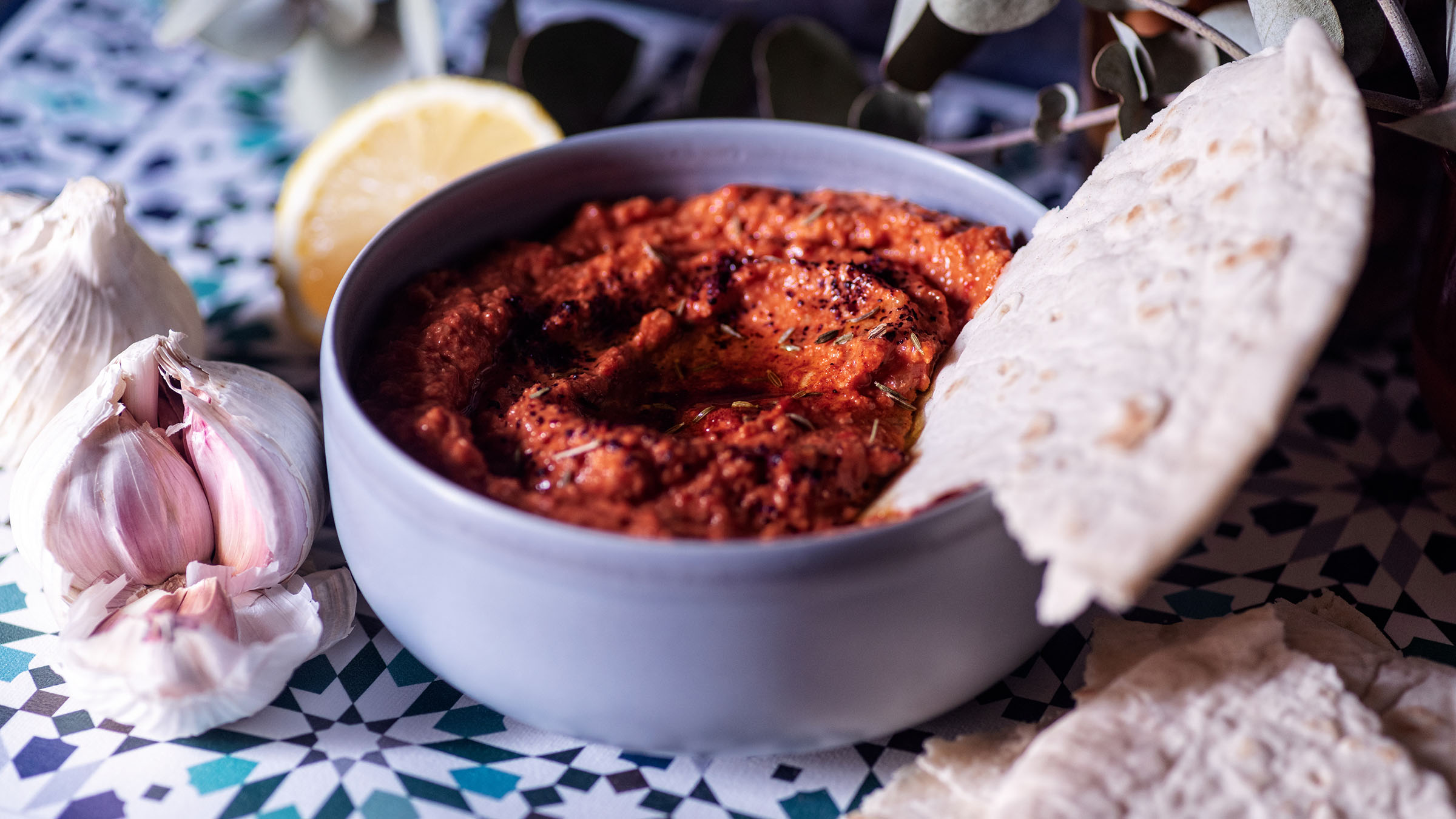










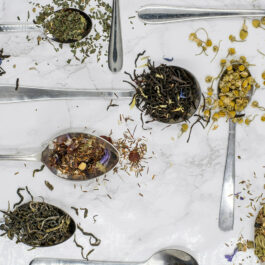

Sorry, the comment form is closed at this time.